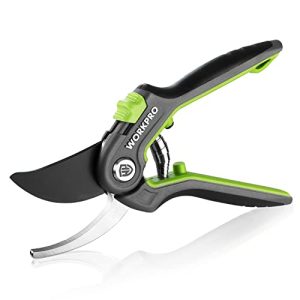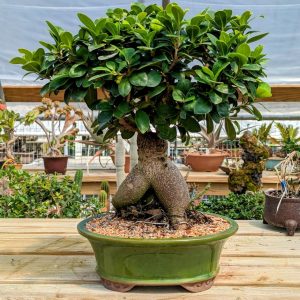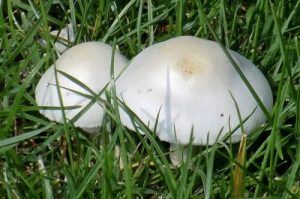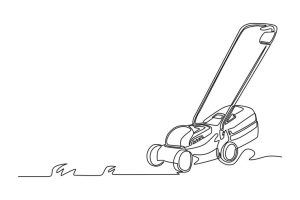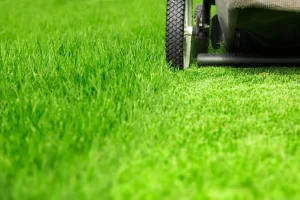Imagine waking up to the cheerful chirping of birds right outside your window. It’s a delightful way to start the day, and having a bird feeder in your garden can make this peaceful scene a reality.
But what if the birds aren’t flocking to your feeder as you’d hoped? You might feel a bit disappointed, but don’t worry—you’re not alone. Many bird enthusiasts face the challenge of getting birds to notice their feeders. By understanding what birds need and how to attract them, you can transform your outdoor space into a lively bird haven.
You’ll discover simple yet effective strategies to catch the attention of your feathered friends and invite them to explore the treats you’ve set out. Keep reading to find out how to turn your backyard into a bustling bird paradise.
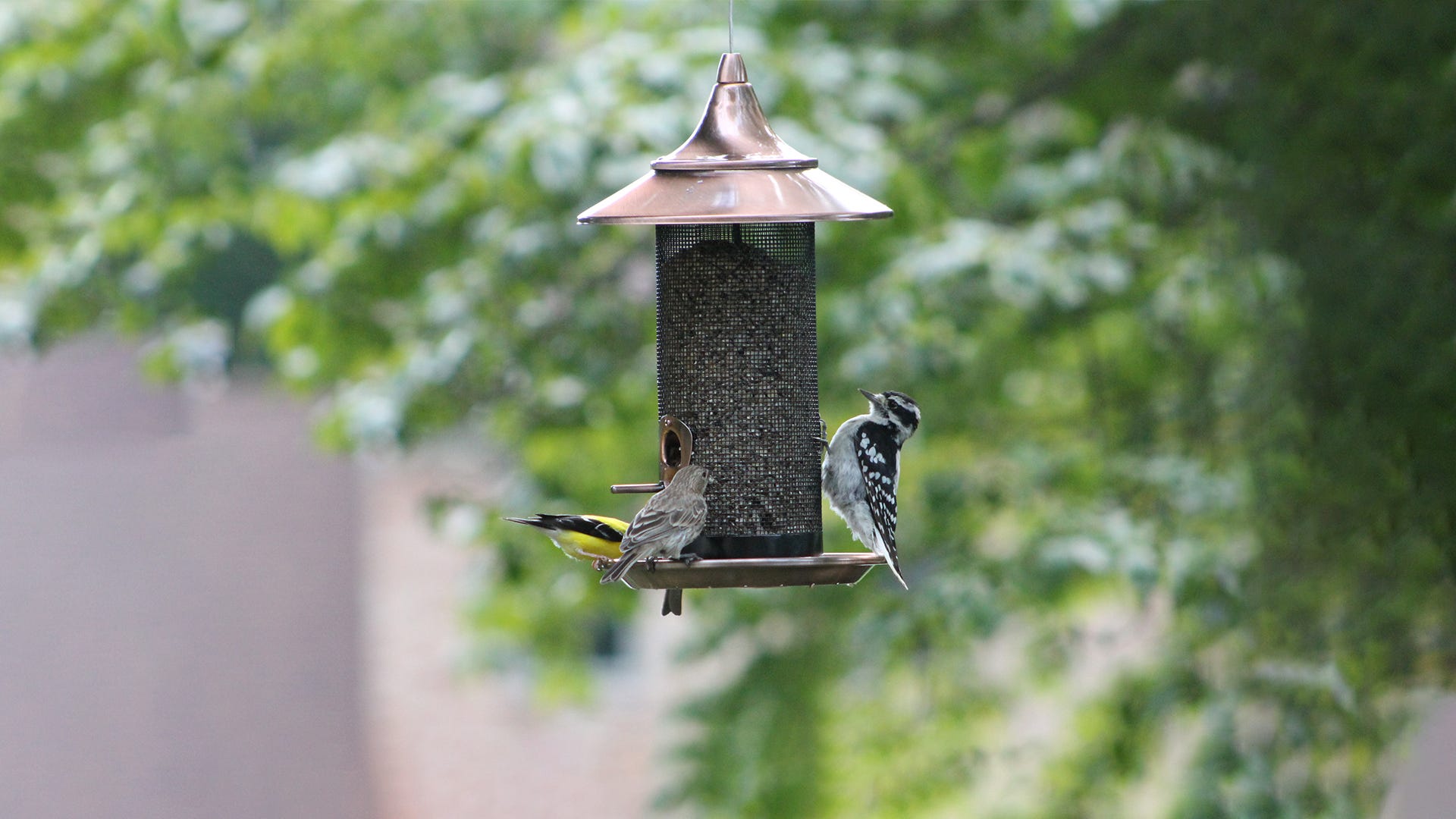
Choosing The Right Feeder
Place the feeder in a visible spot with shelter nearby. Offer a variety of seeds to attract different bird species. Keep the feeder clean to ensure birds return regularly.
Choosing the right bird feeder is crucial if you want to attract a variety of birds to your backyard. It’s not just about hanging any feeder you find at the local store. The type of feeder, its material, and design can significantly influence which birds visit you. When I first started birdwatching, I chose a feeder based solely on its appearance. I quickly learned that birds weren’t interested in my decorative choice. Let’s dive into how you can make a choice that truly captivates the avian eyes.Types Of Bird Feeders
Bird feeders come in several types, each catering to different species. Tube feeders are great for small birds like finches and chickadees. They have multiple feeding ports, allowing several birds to eat at once. Hopper feeders are versatile, attracting larger birds such as cardinals and blue jays. They store more seeds, meaning less frequent refilling. Platform feeders offer an open, flat surface, inviting a range of birds, including ground-feeders like sparrows. Consider what types of birds you want to attract when selecting your feeder.Material And Design Considerations
The material and design of your bird feeder can impact its effectiveness and durability. Plastic feeders are lightweight and inexpensive but may not withstand harsh weather conditions. Metal feeders are durable and squirrel-resistant, making them a practical choice. Wooden feeders blend well with natural surroundings but require regular maintenance. The design should ensure easy cleaning and filling. Does your feeder have drainage holes to keep seeds dry? Think about the placement of perches and feeding ports. Birds need to feel safe and comfortable to linger and feed.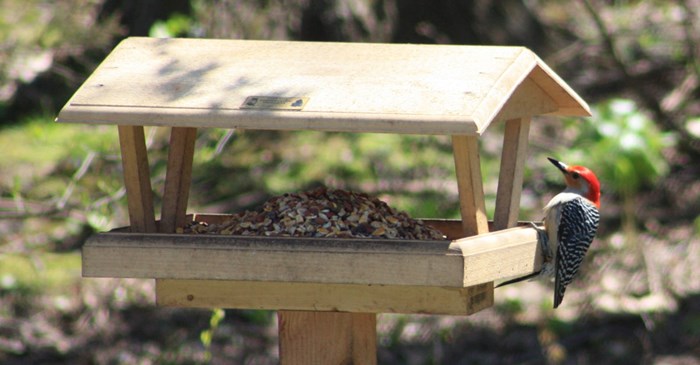
Selecting Bird-friendly Food
Choosing the right seeds makes bird feeders irresistible to birds. Sunflower seeds attract many species. Mealworms and suet are perfect for insect-eaters. Bright colors and accessible placement boost visibility.
Selecting Bird-Friendly Food is an essential step in attracting birds to your feeder. The right food can transform your backyard into a bustling aviary. It’s not just about filling the feeder; it’s about choosing food that caters to the diverse tastes of different bird species. Think of it as inviting birds over for a meal. Would you serve something they don’t like? Absolutely not! Here’s how you can make sure your bird feeder becomes the favorite dining spot for your feathered friends.Popular Seed Choices
Sunflower seeds are a top pick for many bird species. They’re like the pizza of the bird world—almost everyone loves them! Black oil sunflower seeds, in particular, are small and easy to eat, making them perfect for small birds like chickadees and sparrows. Another option is safflower seeds. They are loved by cardinals and grosbeaks. Bonus: squirrels tend to ignore them, so you get more birds and fewer pesky rodents. Millet is another popular choice, especially if you want to attract ground-feeding birds like doves and juncos. It’s small and easy to scatter, allowing birds to peck away happily.Attracting Specific Bird Species
Would you like to see goldfinches flitting around your yard? Offer them nyjer seeds. These tiny seeds are a favorite among finches and are sure to draw them in. If you’re aiming for a variety of birds, consider mixing different seeds. For example, a combination of sunflower seeds, cracked corn, and peanuts can attract a range of species, from jays to woodpeckers. You might be surprised to learn that some birds have a sweet tooth! Orioles love oranges and jelly, while hummingbirds can’t resist the allure of nectar. Have you ever watched a bird feeder with just one type of seed? It’s like watching a dinner party with only one dish. Mix it up and see the diversity skyrocket! Do you have any favorite bird-friendly foods that you swear by? Share your experiences in the comments below. Your insights could help others create the ultimate bird dining experience!Optimal Feeder Placement
Place your bird feeder in a quiet spot with some natural cover. Ensure it’s visible from a distance. Keep it stocked with seeds to attract birds’ attention quickly.
Attracting birds to your bird feeder can be a rewarding experience, but it all begins with where you place your feeder. Birds are more likely to visit a feeder that is conveniently located, safe, and easily accessible. Let’s explore how you can optimize your feeder placement to invite these feathered friends into your backyard.Ideal Locations
Choosing the right location is crucial. Place your feeder in a quiet area of your yard where birds feel safe from predators. Near a tree or shrub can provide a quick escape route if needed. Avoid areas with high foot traffic or noise. Birds are easily startled, and a bustling environment may deter them from visiting. If you have a garden, consider placing the feeder at its edge. This not only invites birds but also adds life to your garden’s landscape.Height And Accessibility
The height of your feeder matters. Position it at eye level or slightly higher, around 5-6 feet off the ground. This height is accessible for most birds while keeping them out of reach of common predators like cats. Ensure the feeder is easy for you to refill and clean. A clean feeder promotes the health of visiting birds and encourages them to return. It’s also wise to use a feeder with perches or ledges, providing birds with a comfortable place to rest while they eat. Have you considered the feeder’s visibility from your favorite window? This could enhance your bird-watching experience without disturbing them. By carefully selecting the location and adjusting the height of your feeder, you create a welcoming environment for birds. Are there other creative ways you’ve found to attract birds to your yard? Share your experiences and see what works best in your backyard sanctuary.Ensuring Safety From Predators
Attracting birds to your feeder is only part of the challenge. Ensuring their safety from predators is crucial if you want them to visit regularly and feel at ease. Predators like cats and hawks can deter birds from approaching your feeder. Let’s delve into practical strategies to make your bird feeder a haven.
Using Baffles And Guards
Equip your feeder with baffles and guards to protect birds from predators. Baffles are barriers that prevent climbing predators, like squirrels and raccoons, from reaching the feeder. You can easily attach a dome-shaped baffle above or below your feeder.
Guard cages can also be effective. These cages allow smaller birds to access the feeder while keeping larger, unwanted guests at bay. Have you ever thought about how a simple addition like a guard could make such a difference?
Safe Distance From Structures
Position your feeder at a safe distance from structures where predators might hide. Place it at least 10 feet away from any trees or buildings to prevent ambush attacks. This distance gives birds a clear line of sight and escape routes.
If you have a garden, consider placing the feeder away from dense shrubs where predators can lurk unnoticed. Have you noticed how a predator can blend in with the surroundings? Being strategic with placement can minimize these threats.
Remember, creating a safe environment not only attracts birds but also helps them feel secure enough to keep coming back. What steps will you take today to make your feeder a sanctuary for your feathered friends?
Maintaining Cleanliness
Keep bird feeders clean to attract more birds. Regularly remove old seeds and wash feeders with mild soap. Fresh food and clean spaces make feeders more inviting to our feathered friends.
Maintaining cleanliness is crucial for attracting birds to your feeder. A clean feeder not only appeals to birds but also keeps them safe from diseases. You might wonder if your feeder is truly clean enough to attract more feathered friends. Let’s dive into some practical tips on keeping your bird feeder spotless and irresistible.Regular Cleaning Schedule
Consistency is key when maintaining a clean bird feeder. Set a regular cleaning schedule that works for you, perhaps weekly or bi-weekly. Use warm water and mild soap to scrub the feeder thoroughly. Make sure to rinse it well to remove any soap residue. Consider keeping a small cleaning kit near your feeder area. This can include a brush, soap, and an old towel. Having these items handy makes cleaning less of a chore.Preventing Mold And Disease
Mold is a silent enemy that can deter birds from visiting your feeder. It thrives in damp environments, especially after rain. Ensure your feeder design allows for proper drainage. This will minimize moisture build-up and discourage mold growth. Rotate the birdseed frequently. This prevents the seed from sitting too long and developing mold. Fresh seed is always more appealing to birds. Ask yourself: Is your bird feeder a safe haven or a danger zone? Keeping diseases at bay is as simple as regular cleaning and seed rotation. A little effort goes a long way in creating a healthy feeding environment. By maintaining cleanliness, you’re not just welcoming birds; you’re creating a safe space for them to thrive.
Creating An Inviting Environment
Attract more birds by placing the feeder in a quiet spot with trees and shrubs nearby. Offer a variety of seeds to cater to different bird species. Regularly clean the feeder to keep it fresh and inviting.
Attracting birds to your feeder is all about creating an inviting environment. You want your outdoor space to feel like a safe haven for various bird species. This goes beyond just hanging a feeder; it’s about turning your yard into a mini ecosystem that birds can’t resist.Incorporating Water Sources
Adding a water source can be a game-changer. Birds are naturally drawn to water for drinking and bathing. Consider setting up a birdbath or small fountain. I once added a simple birdbath to my yard, and the number of visiting birds doubled in just a week. The gentle sound of water can be a delightful beacon for them. Keep the water clean and fresh to maintain their interest.Adding Native Plants
Native plants are another excellent way to attract birds. They provide natural food sources like berries and seeds, as well as shelter. Think about what grows naturally in your area. Native plants will thrive without much maintenance and benefit local wildlife. I planted a few native shrubs and was thrilled to see more birds nesting in my yard. Creating a bird-friendly space doesn’t have to be complicated. Can you imagine the joy of watching colorful birds flutter around your garden? By adding water sources and native plants, you’ll create an irresistible environment for them. What changes will you make to invite more feathered friends into your space?Using Decoys And Sounds
Bird enthusiasts often search for ways to attract birds. Using decoys and sounds can be effective. These methods create an inviting environment. Birds feel safe and welcome. They come closer to your bird feeder. Understanding how to use decoys and sounds helps increase bird visits. Below are some helpful tips.
Effective Use Of Bird Calls
Bird calls mimic natural sounds. They attract birds from far away. Place a speaker near your feeder. Play recorded bird calls softly. Different birds respond to different calls. Experiment with various sounds. Keep the volume low. Birds prefer natural, gentle sounds. Avoid loud or harsh noises. This might scare them away.
Installing Bird Decoys
Bird decoys resemble real birds. They trick birds into feeling safe. Place decoys near your feeder. Choose decoys that match local birds. Avoid placing too many. This can cause confusion. Position them in natural poses. Perching or feeding positions work well. Keep decoys clean and realistic. Birds notice details. A well-placed decoy draws them in.
Monitoring And Adjusting Strategies
Setting up a bird feeder is just the start of attracting birds to your garden. Monitoring and adjusting strategies ensure that your feeder becomes a popular spot for birds. Observing their activity and adapting to seasonal changes can make a big difference.
Observing Bird Activity
Watch how birds interact with your feeder. Are they visiting often or just occasionally? Take note of their favorite seeds and feeding times. This helps identify patterns and preferences. Check if certain species are more frequent. Adjust the feeder location based on their behavior. Move it closer to trees or bushes for more privacy. Regular observation can help you make better adjustments.
Adapting To Seasonal Changes
Seasons affect bird feeding habits. During winter, birds need more energy-rich food. Offer seeds like sunflower or suet blocks. In spring, birds might look for smaller seeds and insects. Adjust your feeder to match their needs. Consider changing the feeder type based on the season. A variety of feeders can attract different species. Keep an eye on weather changes. They influence bird activity around the feeder.
Frequently Asked Questions
How Long Does It Take For Birds To Find A New Bird Feeder?
Birds may find a new feeder in a few hours or take several days. Location and food quality matter. Ensure the feeder is visible and stocked with fresh seeds to attract them. Patience is key, and regular maintenance can speed up the process.
How Can I Attract Birds To My Bird Feeder?
Use a variety of seeds to attract different bird species. Keep feeders clean and filled regularly. Position feeders near trees or shrubs for cover. Provide fresh water for drinking and bathing. Avoid using pesticides in your garden to ensure a safe environment for birds.
What Is The 5 7 9 Rule For Bird Feeders?
The 5-7-9 rule suggests placing bird feeders 5 feet above ground, 7 feet from shelter, and 9 feet apart. This arrangement attracts more birds and ensures safety from predators.
How Do Birds Know I Have A Bird Feeder?
Birds find feeders through sight and sound. They see the feeder or hear other birds using it. Bright colors and movement attract them. Consistent feeding times help them learn when food is available. Keep feeders clean and stocked to maintain their visits.
Conclusion
Bird feeders can attract birds with simple tricks. Start by choosing vibrant colors. Offer a variety of seeds. Place feeders in quiet areas. Fresh water nearby also helps. Regularly clean feeders to prevent disease. Be patient. Birds need time to find new places.
Consistency is key. Keep feeders stocked year-round. Soon, your garden will be alive with chirping friends. Enjoy the beauty and music they bring. Watching birds can be relaxing and joyful. Nature will reward your efforts. Happy birdwatching!


